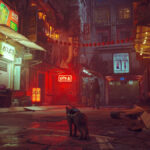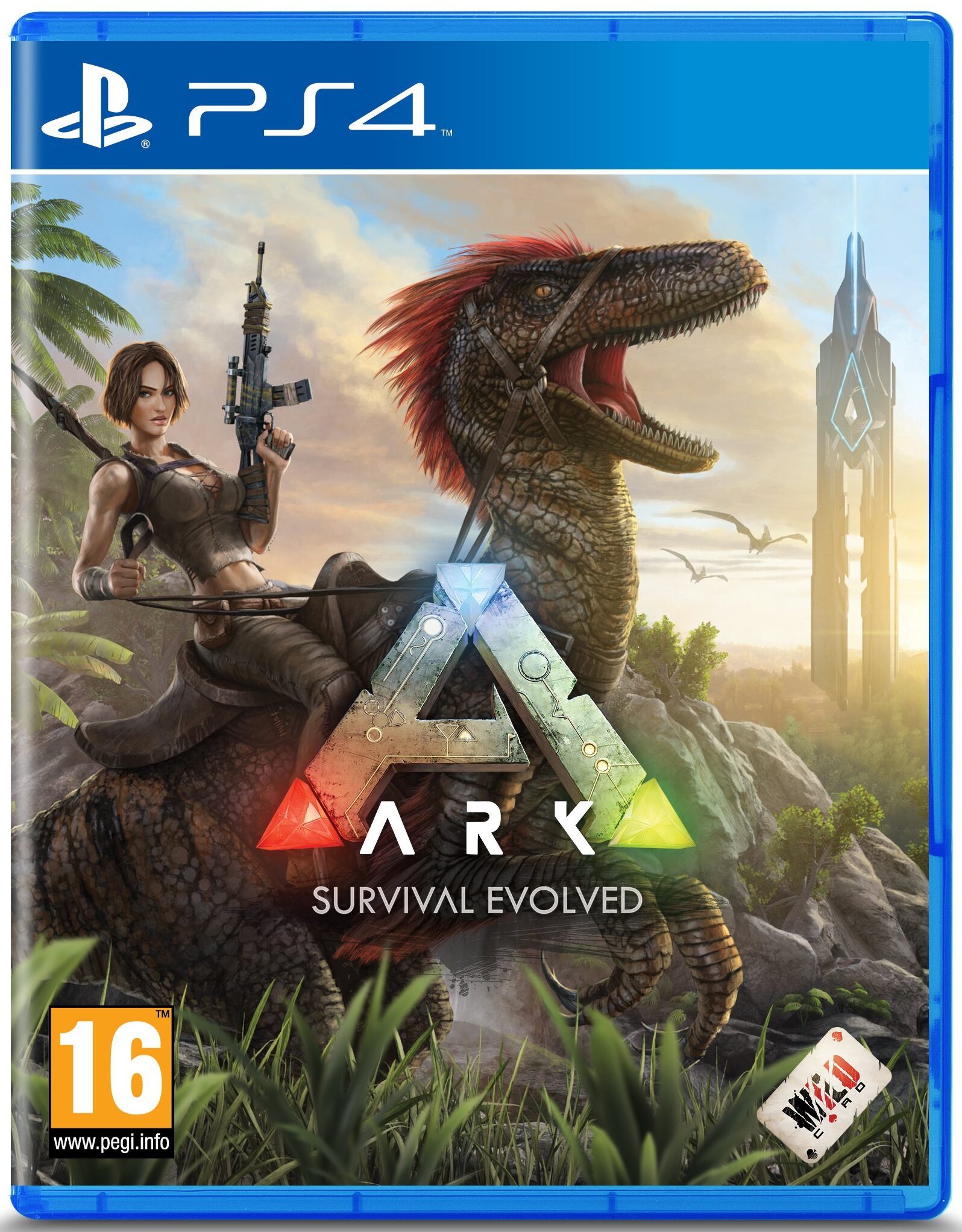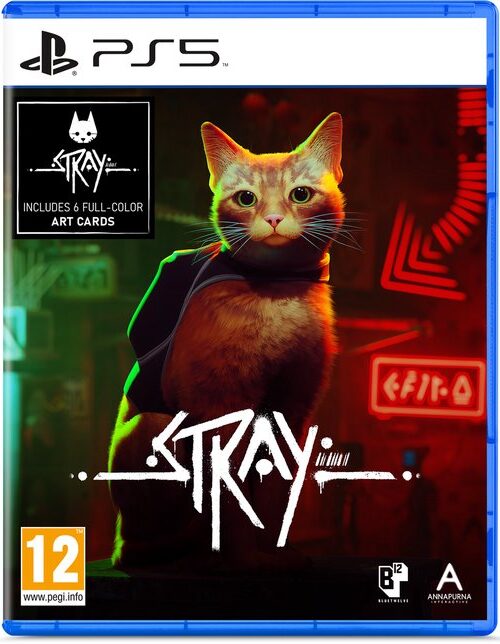Intro
Back in the year 2000, the TV was tuned to Cartoon Network every day by 5 pm displaying screaming, yelling and flashing anime characters with pointy hair. Man, was I hooked to Dragon Ball Z. Goku, Gohan, Piccolo and the rest of the Dragon Ball family transcended the TV show and became a part of life for a lot of kids those days. On the schoolyard, they became “Super Saiyan” and kept screaming “Kamehameha!” while thrusting their hands forward.
History

Dragon Ball games have been around since 1986 on literally every console. Most of them were only released in Japan but this changed when the game company Infogrames acquired a license in 2000 to produce and release Dragon Ball games worldwide.
Most games were fighting and role-playing games but they all followed the original story: from Goku as a kid in search of the Dragon Balls to save the world a couple of times from evil villains like Frieza and Buu while undergoing some transformations and returning from the dead a few times.
The fact that every game tells the same story sounds boring but actually is the series biggest strength. It’s a story about falling and getting up, loss and hope, good versus evil where the good ultimately prevails.
Dragon Ball Z: Kakarot
And so when I started Dragon Ball Z: Kakarot, I already knew how the story would unfold but as mentioned before: that was not a bad thing. It’s the execution of the gameplay during the story that determines if a Dragon Ball game is good or not. And DBZ Kakarot nails this (for the most part).
Graphics
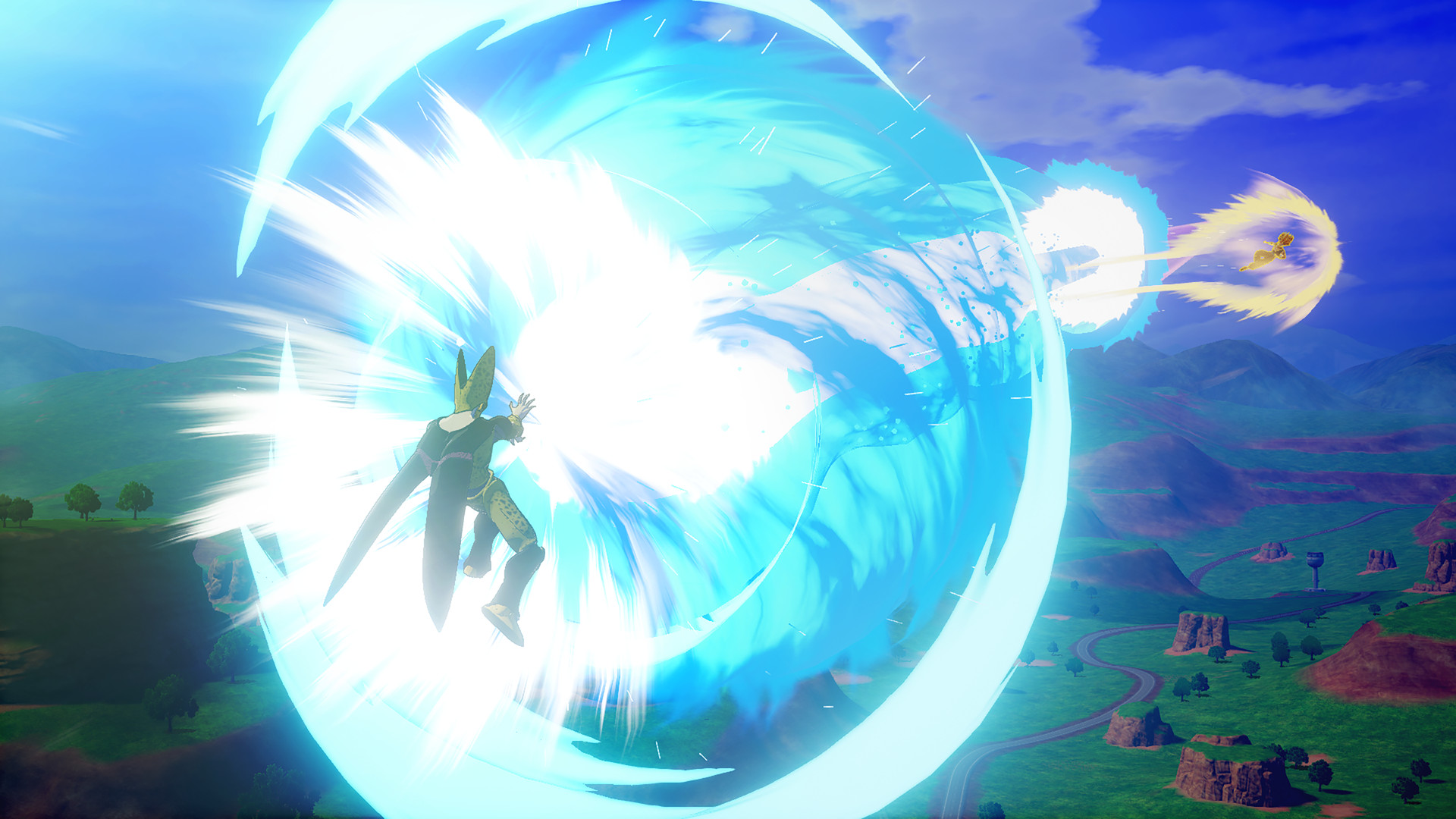
I would like to start with the graphics as this is the best-looking Dragon Ball game to date. The anime really has come to life, it feels like you’re actually playing the TV series. The cutscenes took me back to my youth when I watched the series on TV. The moment when Goku transforms into a Super Saiyan for the first time is still amazing. It’s a shame the game shortened that scene so it’s less dramatic than it was on TV.
It might not be a bad thing they’ve shortened some scenes, though, because the cutscenes take up a big part of the gameplay. Sometimes it’s like actually watching the TV show. Some cutscenes lasted more than 10 minutes. If this is positive or not is up to you. I didn’t mind up to the point I neared the end of the story. Luckily, there is an option to speed up the cutscene for the hasty people.
The world

When not watching a cutscene (and there are a lot!) you’re either fighting or roaming the semi-open world. Semi as in there are several separated fairly sized areas to explore freely. These areas are also straight from the TV series: from Kame House island (including a large ocean area) to West City with Capsule Corporation to the Wastelands and Sacred Land of Korin. Even planet Namek and King Kai’s planet can be visited. They look exactly like in the anime: the colors, the animals, the people, the cars, the trees, everything looks like you expect it to look when you’ve watched the TV series. Even if you’re not familiar with the anime, you’ll enjoy the simple, bright-colored environments.
Each area is filled to the brim with items to collect. Z Orbs are everywhere, you’ll need this to upgrade your skills (more about that later). Memories of kid Goku can be found, which are a nice reference to the original Dragon Ball series. There’s food to be found required for cooking, medals for learning new moves and crystals for building a car.
Silly activities
Yes, a car. Why? Because there are driving challenges in which you must race your car through a number of checkpoints. It’s a fun reference to a silly DBZ episode but poorly executed. The controls are not intuitive and it’s slow. I only did these challenges when a mission required me to do so, I avoided all the optional ones.

Talking about silly activities, there’s also fishing and it goes like this: approach a fishing spot and press the action button to start. Your character will apply a fake tail to his behinds and dip it into the water. You’ll then have to wiggle your tale by moving the left control stick from left to right and back. When a fish bites you have to press a given button at the right timing. This’ll pull the fish out of the water and with another timed button press, you’ll punch the fish into the ground. All fishes are massive with huge teeth but are nowhere to be seen when swimming underwater.
I find this another unnecessary addition to the game as it isn’t fun to do and doesn’t contribute to the story. However, as with car driving, there are only a handful of missions that requires fishing so for the most part of the game, it can be ignored. If you do like the vehicles in DBZ: Kakarot, you can summon a car, bipedal robot or even nimbus anytime and anywhere in the world to travel at a painstakingly slow speed to your next destination.
Wonky controls
The default control scheme in Dragon Ball Z: Kakarot is not the most optimal. Fortunately, it is possible to remap the buttons so that’s what I did to make the game more playable for me. Let me give you some examples (I played on PlayStation):
- By default, melee attacks are done with the circle and ki attacks with the square. I swapped those as in most games nowadays, melee attacks are done with the square.
- Flying up goes by default with R1 and flying down with R2. Not very logical. I remapped to those L2 for down and R2 for up. I would’ve prefered to map the flight direction to the right stick but that’s not possible.
- While in a car, acceleration by default goes with L1 and braking/reversing with L2. Almost every racing game nowadays uses R2 for acceleration and L2 for braking/reversing so that’s how I remapped the buttons.
Needless to say, the default controls feel a bit outdated but with some tweaking, they can be modernized.
Combat

The areas are also filled with enemies, a bit too many in my opinion. You can’t fly in a straight line without encountering an enemy. When in boosted flight, you can avoid them easily but when you’re spotted, they’ll follow you for a short distance. Again, no problem when you’re traveling a bigger distance but there are so many enemies that there’s a big chance you’re being tailed by the nearest enemy when you reach your destination forcing you to engage in combat.
About these engagements: these are the biggest downside of the game. All previously mentioned critics are negligible, but this one is really annoying. When you encounter an enemy, the game will pause and enter a combat state like in a turn-based RPG. Only after finishing (or fleeing from) the battle, the game releases you to continue with what you were doing. This really breaks the flow of the game. A free combat system like in other action RPGs would fit DBZ: Kakarot far better.
Once in combat, however, the fighting is awesome. Powering up your ki, high-speed movements, blasts, rocks shattering, it’s all there. You can punch, fire energy balls, block, dodge, counter attack and perform special attacks like the Spirit bomb and Kamehameha. These special attacks require an amount of ki which you can recharge at any time during the battle. This leaves you vulnerable to an attack from the opponent, however, so it’s key to pick your moments. And if this isn’t enough, depending on the character you’re playing witch, you can transform into various forms like Super Saiyan 1, 2 and 3. These transformations will boost your damage but slowly drains your ki so you’ll need to recharge more often.
Skills, moves and preparations

When winning battles and completing missions, you’ll earn experience points. These will increase your level which in turn increases your strength, health and ki. In addition to this, you can upgrade your skills using the Z Orbs you collect in the world (and earn from missions). For example, you can upgrade your Kamehameha to do a lot more damage.
When reaching certain levels with a character, you can learn new special attacks. This can be done at special “training ground” spots scattered all around the world. You’ll need to complete a fighting challenge to gain access to the new move. When learned, you can add the move to your character’s move set. Only four moves can be equipped at the same time, though, so choose wisely.
Then, there are temporary stat buffs that can be activated by eating food. This can be raw food like apples and uncooked fish, but when you bring the right ingredients to Chi-Chi or some random cook, full course meals can be made giving you some serious boosts. I didn’t use it once as I never needed it. So again a nice addition, but fairly useless.
Community board and medals

You’d think this is it when it comes to increasing your chances to win battles as it’s quite something to take in. Think again because we haven’t talked about the community board yet.
This one’s difficult to explain but here it goes. The community board exists of a few key characters representing different aspects of the game. I won’t mention them all but for me, the most important ones were Z Warrior, Training and Adventure.
- Z Warrior is represented by Goku and gives you bonuses in melee and ki attack damage.
- Training is represented by King Kai and gives you bonuses in earned experience points and increased defence.
- Adventure is represented by Yajirobe and gives you bonuses in the amount of health and ki you have.
The represented characters are important because you can assign community medals to them. Over time, you’ll earn a medal with the face of every known Dragon Ball character on it. Some characters have a special relationship so adding these medals to the same board will grant you an extra bonus. For example, Goku represents the Z Warrior board. Adding Gohan and Chi-Chi to his board will increase the board’s level with the number of the medals plus an extra bonus because they have a special relationship. Sounds complicated? It is. I don’t think I’ve used these boards to their maximum potential while playing the game.
Dragon Balls

Back to an easier topic: the Dragon Balls. The magic balls where the story is all about (the first part at least). There are 7 of them scattered throughout the world and when collected, a large dragon appears granting you any wish. Guess what? The Dragon Balls can actually be collected in DBZ: Kakarot! They are scattered across the different areas in the world and thanks to Bulma’s handy dragon radar, you can see them on your world map.
Here, it’s a little annoying the world of Dragon Ball Z: Kakarot is not a fully open world as traveling to each area requires you to select it via the world map, forcing you to watch a loading screen for about a minute. Also, the abundance of enemies can hamper you on your quest to collect the Dragon Balls.
When you’ve gathered all 7 of them, the option “Dragon Balls” becomes available in the pause menu. Here, you can select your wish from a preselected list. This list contains the revival of past enemies so you can fight them again, get rich, get a lot of Z Orbs or get a rare item. When you’ve made your wish, the Dragon Balls split up again and become inactive for 20 real-world minutes. So after these 20 minutes, you can collect them again and do more wishes.
It feels a bit like cheating, though. I used the Dragon Balls for extra money and Z Orbs. The last one rendered the Z Orbs in the world rather useless, the Dragon Balls gave me such a large amount that I didn’t need to collect them anymore. This feels a bit unbalanced.
Side missions
Let’s not forget about side missions. A proper RPG can’t go without them, right? Story and side missions are color-coded in Dragon Ball Z: Kakarot. Story missions are red and side missions are blue. As you progress through the story, new side missions become available and unavailable. After finishing the story, I thought I also finished all side missions. The mission list proved me wrong as there were still a lot of missions that required a specific character or time slot (after the story, you can go back in time with a time machine).
Side missions are nothing special in DBZ: Kakarot: defeat some enemies, gather some items, etc. There are few exceptions like driving a car which I already mentioned earlier.
Card game
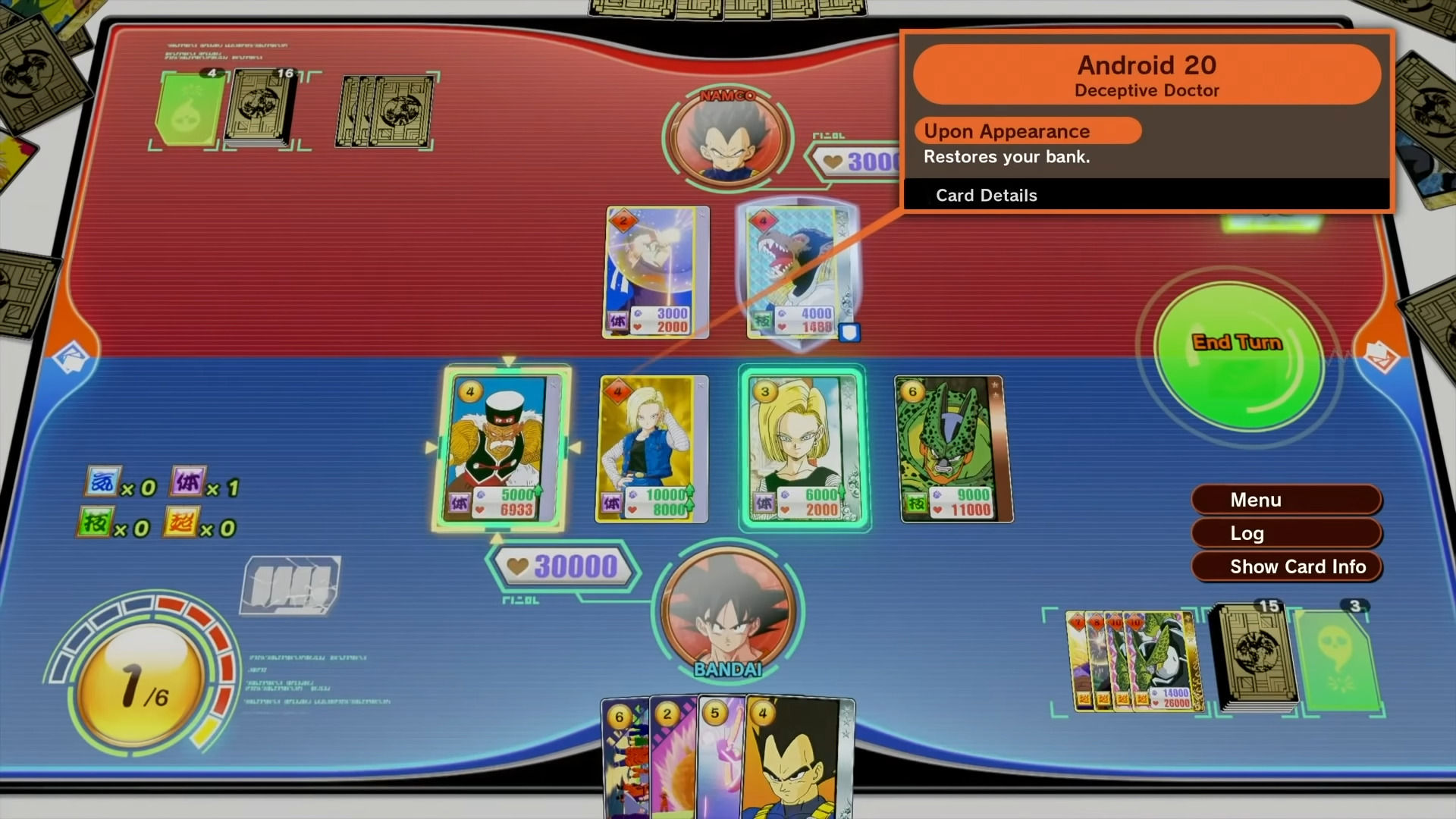
There’s a whole other game in Dragon Ball Z: Kakarot which is played with cards. I guess you can compare it with Gwent from The Witcher, but not fully integrated into the gameplay. During the normal game, you collect DBZ cards which can be used in this card game. To play the card game, you have to find an arcade machine in-game or just open up the main menu.
Besides the card collection, there’s no connection between the story and the card game. And because of this, I haven’t played the card game. Boo! Bad review!
Audio
The English voice casting is great, just like back in the days on TV. The lip sync on the other hand is not that great. You’ll often see the character’s lips still moving when the actual talking has already stopped. You can switch to Japanese voices if that’s more your thing, though.
The conversations outside of cutscenes have awkward silences when set to autoplay (as is the default). It’s just not as smooth as in the cutscenes. Most of the time, I just pressed on, sometimes even skipping whole parts.
The reactive sound effects are so-so. These are the sounds a character makes when interacting with not-scripted world events like picking up an item. There probably is an official term for this, but I can’t find it. So, the reactive sound effects are not bad but very, very repetitive. When collecting multiple apples at the same time, your character will literally say “This is some tasty looking food!” multiple times in a row.
Not all conversations are voiced. Each character has a few generic voiced exclamations like “Hey!”, “Uhm…” and “Thank you!” for these conversations. The idea is good, but the effect is that these conversations sound really weird.
Conclusion
If you’re a fan of the Dragon Ball anime, you’ll enjoy this game very much. The fighting is good, the world is very well crafted and fun to explore and while the story is nothing new, it’s still enjoyable. This game can be fun for newcomers but prepare for a lot of cutscene skipping.
Played on the PlayStation 5.




